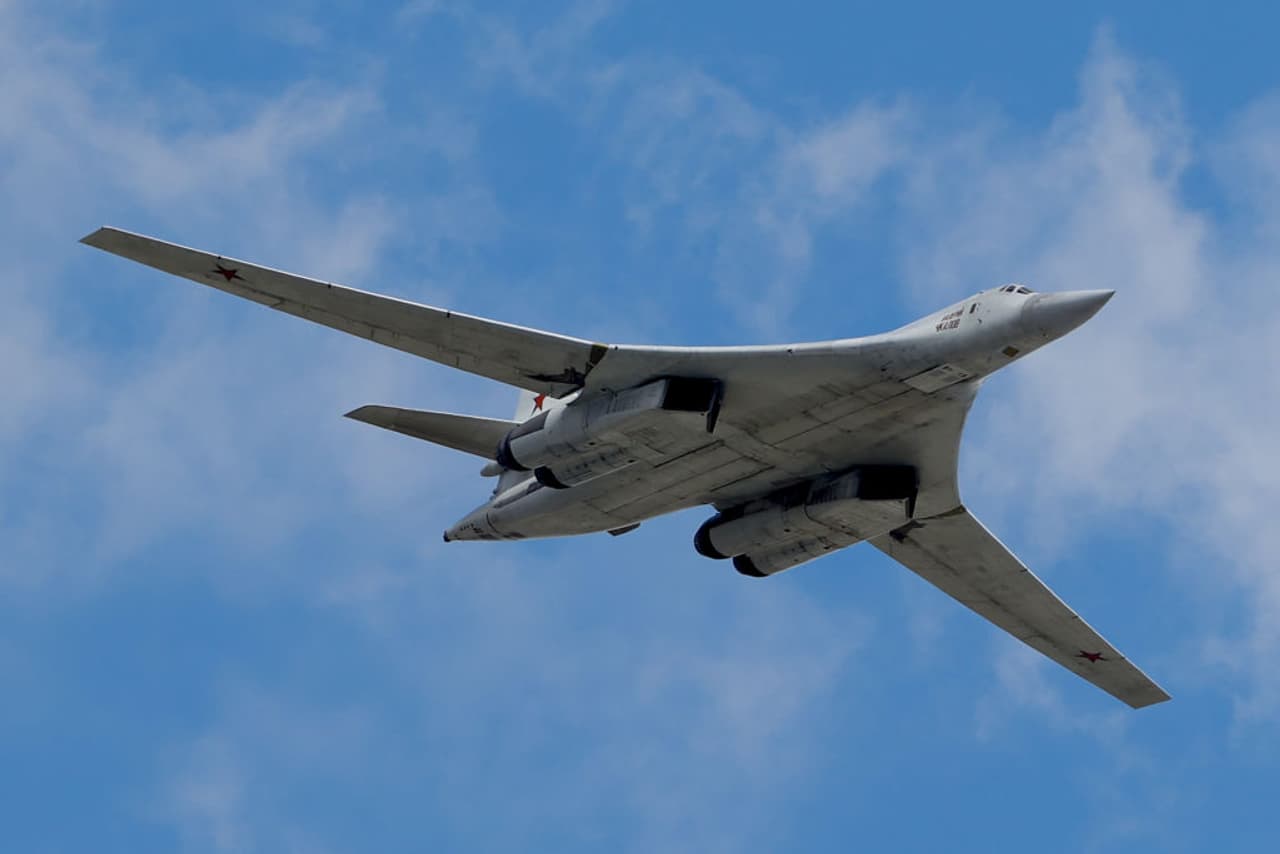- Home
- India
- Fact Check: Is India Really Building a Supersonic Bomber That Can Strike New York Without Refuelling?
Fact Check: Is India Really Building a Supersonic Bomber That Can Strike New York Without Refuelling?
The Ministry of Defence has officially debunked sensational reports claiming India is building an ultra-long-range stealth bomber inspired by the TU-160 and B-21 Raider. Here's a breakdown of the claim versus the truth.

A Bold Claim That Flew Too Far
Recently, several media platforms published dramatic reports stating that India is preparing to develop an ultra-long-range strategic bomber capable of flying over 12,000 kilometres without refuelling. The supposed aircraft, according to these reports, would mark a major leap in India’s defence doctrine, giving the country a platform to strike cities across continents — including New York, London, and beyond — with nuclear or conventional payloads.
These reports claimed the proposed bomber would:
- Be inspired by the Russian TU-160 ‘Blackjack’ and the American B-21 Raider
- Be integrated with BrahMos-NG cruise missiles and possibly Agni-1P short-range ballistic missiles
- Include advanced stealth tech, a swing-wing design, and a global strike range beyond that of the B-21 Raider
- Be a part of a new initiative reportedly called the "Ultra Long-Range Strike Aircraft" (ULRA), with a first prototype expected to fly between 2032 and 2035
The project was said to be a collaboration between DRDO, HAL, ADA, and foreign partners like Russia and France, and allegedly being explored to boost India's nuclear triad and force projection capability on a global scale.

What does the government say?
On Friday, the Ministry of Defence (MoD) issued a clear and firm statement debunking all such reports.
“Some media houses reported a story that India is planning to build a long range bomber (12,000 km) that could hit New York/ strike across continents, without needing to refuel. This story is factually incorrect and seems to be fabricated. No such proposal has ever been discussed at DRDO. Defence beat journalists are requested to cross check their stories with the concerned before going ahead,” it said.
The statement leaves no room for speculation. According to the MoD, no such bomber project exists, and no discussion of this kind has taken place at DRDO, the premier defence research agency.
Why the Claim Gained Traction
Reports were written in a tone that appealed to nationalist sentiment and a desire for India to match the aerial capabilities of the US, China, and Russia. The story seemed plausible to many, given that:
- China is indeed working on the H-20 stealth bomber
- The US B-21 Raider, a next-gen stealth bomber, is nearing deployment
- Russia’s TU-160 is often cited in discussions of strategic bombing and long-range deterrence
- India has made recent strides in strategic aviation, hypersonic technology, and cruise missile platforms like BrahMos
Additionally, the inclusion of known organisations like DRDO, HAL, and ADA, and mentions of plausible technology transfer partners such as Russia and France, gave the story a superficial layer of credibility.
What the Reports Claimed (Now Debunked)
To understand the scale of misinformation, here’s a summary of the major claims made in the original reports:
Aircraft Capabilities
- Range: 12,000 km+
- Payload: BrahMos-NG (4 units), Agni-1P, anti-radiation missiles, laser-guided bombs
- Design: Swing-wing, stealth, automated navigation
- Purpose: Nuclear deterrence, second-strike capability, long-range surgical strikes
Technology & Partnerships
- Engine possibilities included a variant of the GE-414 or Russia’s NK-32
- Development led by DRDO, HAL, ADA, with support from Russia/France
- Intended to outmatch the US B-21 Raider, estimated range 9,300 km
Strategic Rationale
- Claimed to offer India a global strike capability
- Enhance India’s nuclear triad
- Assert India’s ability to counterbalance China and the US in the Indo-Pacific
- Serve as a symbol of India's transition from regional to global power projection
All of these points have now been categorically denied by the Ministry of Defence.
The Bigger Picture: Why Such Claims Can Be Misleading
In an age of rapid media dissemination, stories mixing defence aspirations with misinformation can easily go viral. While India is undoubtedly investing in strategic air power — such as fighter jets, UAVs, and missile systems — a 12,000 km-range stealth bomber program would represent a massive doctrinal and financial leap, and any such initiative would involve long-term parliamentary approvals, budget allocations, and international scrutiny.
The official fact check is clear: India is not developing a 12,000 km-range strategic bomber, and no such discussions are underway at DRDO. The reports suggesting otherwise have been dismissed as fabricated.
Stay updated with the Breaking News Today and Latest News from across India and around the world. Get real-time updates, in-depth analysis, and comprehensive coverage of India News, World News, Indian Defence News, Kerala News, and Karnataka News. From politics to current affairs, follow every major story as it unfolds. Get real time updates from IMDon major cities' weather forecasts, including Rain alerts, Cyclonewarnings, and temperature trends. Download the Asianet News Official App for accurate and timely weather updates anytime, anywhere.

